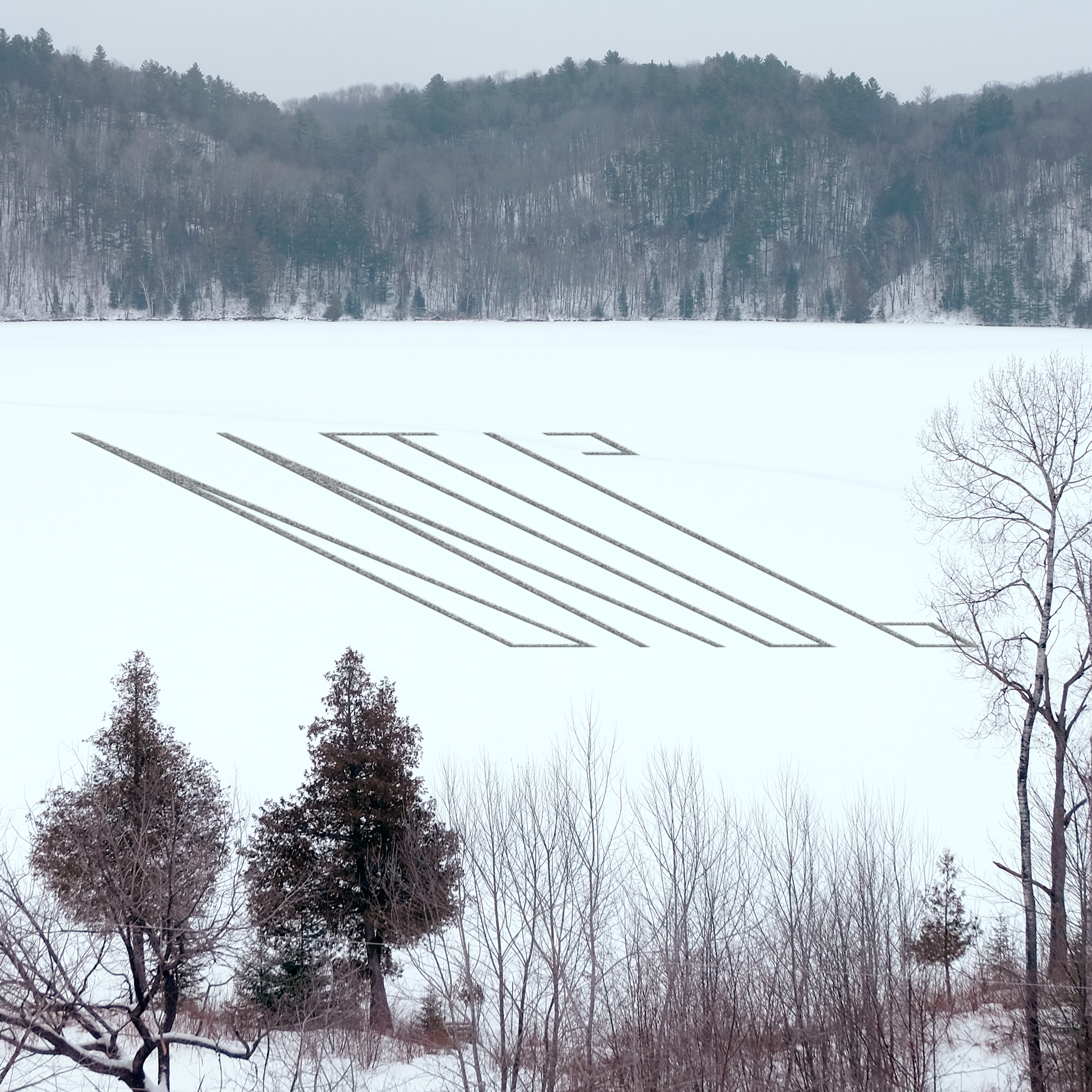Sébastien Aubin: ᐁᐧᐱᓂᑲᐣ | wêpinikan | something not cared for | délaissé quelque chose

Sébastien Aubin's residency project, something not cared for, will consist of a series of site-specific installations observed at a distance, works which draw on knowledge of the people, things, land, and world around them, obtained and assembled with care.
Sébastien Aubin
ᐁᐧᐱᓂᑲᐣ
wêpinikan
something not cared for
délaissé quelque chose
The Libby Leshgold Gallery is happy to announce Sébastien Aubin as our second online artist residency. Our program of online residencies was created to continue artistic and curatorial dialogue during an era of social distancing and travel restrictions. His residency will begin with an online talk on Tuesday, March 16, at 4pm (PST). Registration (free) is required for the talk: https://www.eventbrite.ca/e/sebastien-aubin-something-not-cared-for-tickets-143396471707
The residency project, something not cared for, will consist of a series of site-specific installations observed at a distance, works which draw on knowledge of the people, things, land, and world around them, obtained and assembled with care. Progress of this work will be shown on a project website.
Online residency, March 1 - May 30 2021
Artist talk, Tuesday, March 16, 4pm PST via Zoom
Free, registration required.
Project website: http://libby.ecuad.ca/somethingnotcaredfor
Biography
Sébastien Aubin held the position of Indigenous Designer in Residence at the University of Manitoba School of Art, Winnipeg, where he produced a body of creative work and research that extends our understanding of design and graphic form. He has worked for some of the most prestigious graphic design studios in Canada and maintains a career as a freelance graphic artist. Aubin has designed publications for numerous artists, organizations, and art galleries in Canada, including Terrance Houle; KC Adams; Art Gallery of Ontario, Toronto; Plug In Institute of Contemporary Art, Winnipeg; Vancouver Art Gallery; grunt gallery, Vancouver; Trinity Square Video, Toronto; Thunder Bay Art Gallery, Ontario; and Art Gallery of Southwestern Manitoba, Brandon. He is a founding member of the ITWÉ Collective, which is dedicated to researching, creating, producing, and educating audiences about Indigenous digital culture. Aubin is also part of the AM Collective, which creates work that revolves around the imagination, sparking dialogue on subjects that relate to everyday life and emotions. He is a proud member of the Opaskwayak Cree Nation in Manitoba.
Artist statement
It is imperative that we work towards sustainability for future generations, and for all beings that surround us. The seen and the unseen, the animate and the inanimate.
This can be achieved through facilitating and encouraging conversations that aim to build and strengthen relationships, while also sharing culture, ideas, and creative practices. Through my artistic practice as an Indigenous designer, my goal is to initiate constructive dialogue in order to extend my outreach beyond the walls of institutional confinement and build community engagement. I aspire to make Indigenous knowledge accessible to each and every community at large, in and out of the institutions.
Maintaining strong relations and ties to the community, helps me to open discussions and ways of conversing outside the parameters of institutions. My preference is always rooted in “doing” rather than “talking.”
I wish to bring light to a future that seems not to have the capacity to be fruitful without a community. We are now at a time where a reflection outside of ourselves needs to be relevant to the community that surrounds us, that being the earth, people, animals, or any man-made devices that make-up or daily lives.
I believe that differences can unite us and I acknowledge that it is only when we think and work collectively that a community has the opportunity to grow stronger. Based on my personal, professional and artistic experience, opening pathways of communication between elders, youth and everyone in between, strengthens understanding of our relationships with one another.
It is important to include the voices of academics, artists, technicians, traditionalists, knowledge keepers, and students into our collective dialogue.
During the course of the residency, I intend to bring this philosophy of the community to my work by creating a new series of site-specific installations that will speak directly to how we communicate through different mediums and its impact on the world/nature that surrounds us.